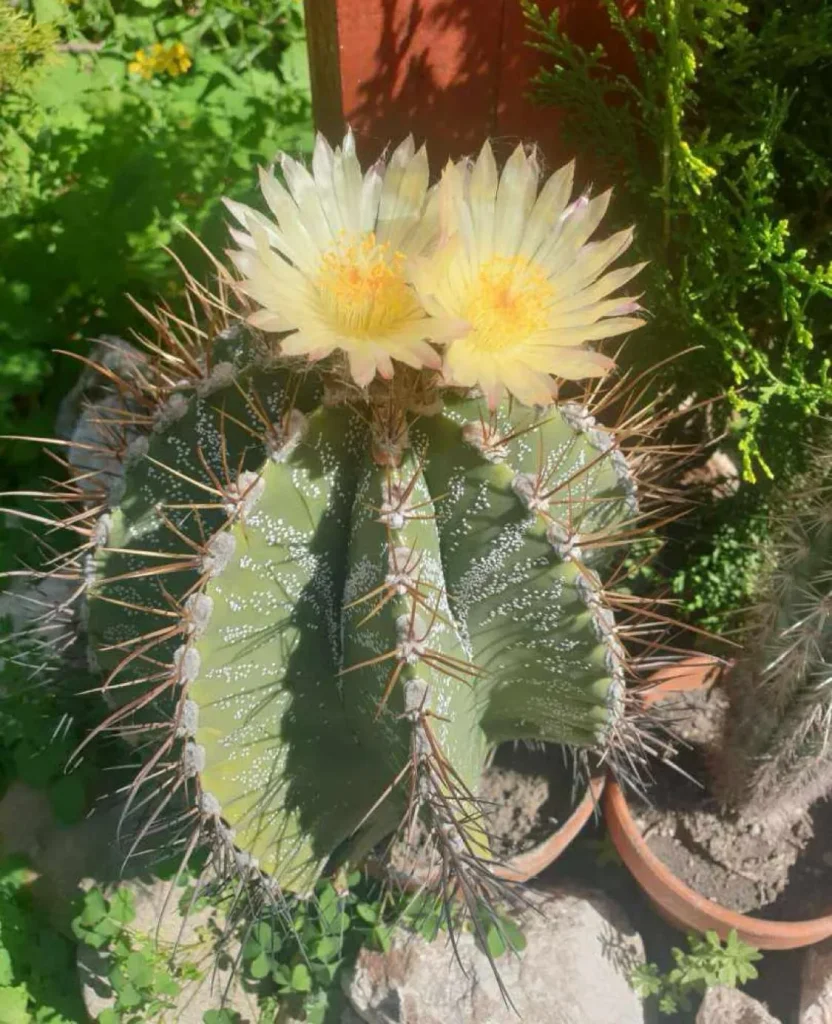All About Quercus Ilicifolia: A Q&A with Ferb Vu
Hi there! I’m Ferb Vu, and I’m a plant enthusiast with a particular fondness for the Quercus Ilicifolia, also known as the bear oak or scrub oak. This little wonder of the Eastern North American flora packs a punch in its ecological role, and I’m here to answer any questions you might have about it.
657 Species in Genus Quercus
What is Quercus Ilicifolia?
Quercus Ilicifolia is a shrubby oak tree native to the Eastern United States and southeastern Canada. Its range stretches from Maine down to North Carolina, with a few populations spotted across the border in Ontario.
Bear Oak vs. Scrub Oak: Two Names, Same Tree?
You might encounter Quercus Ilicifolia under two different common names: bear oak and scrub oak. That’s right! Both names refer to the same tree species.
The name “bear oak” supposedly comes from the fact that bears are the only creatures that find its acorns palatable – because they’re quite bitter to other wildlife. “Scrub oak” reflects its tendency to form dense thickets, particularly in areas with frequent fires or disturbances.
How Can I Identify a Quercus Ilicifolia?
Distinguishing the Quercus Ilicifolia is easy with a few key pointers:
- Size and Shape: Unlike its mightier oak cousins, Quercus Ilicifolia is a deciduous shrub or small tree, rarely exceeding 20 feet in height. It often has a gangly structure and can form dense thickets.
- Leaves: The leaves are the namesake of the “holly oak” moniker. Though not a true holly, their spiny lobes bear some resemblance. They’re typically smooth-edged with 3 to 7 bristle-tipped lobes. Come fall, these leaves transform into a beautiful reddish-purple hue.
- Acorns: Keep an eye out for the acorns, which mature in about a year. They’re small and oval-shaped, roughly half an inch long, and borne on long, slender stalks.
Where Does Quercus Ilicifolia Like to Grow?
Quercus Ilicifolia is a tough and adaptable tree, thriving in various dry, rocky, or sandy soil conditions. It’s a common sight in coastal areas, woodlands, and even disturbed habitats.
This little oak also has a special relationship with fire. While fire can damage some trees, Quercus Ilicifolia benefits from occasional low-intensity fires. Fire helps clear overgrown vegetation, creating space for new growth and promoting the release of nutrients stored in its acorns.
How Does Quercus Ilicifolia Contribute to the Ecosystem?
Quercus Ilicifolia plays a vital role in the Eastern North American ecosystem. Here are some of its key contributions:
- Wildlife Habitat: The dense thickets formed by Quercus Ilicifolia provide excellent shelter and nesting sites for a variety of birds and small animals.
- Food Source: Though bitter to most, the acorns are a valuable food source for bears, rodents, and some bird species.
- Soil Health: The large taproot of Quercus Ilicifolia helps anchor the soil and prevent erosion, particularly on slopes. Additionally, as the leaves decompose, they return nutrients to the soil, enriching the overall health of the ecosystem.
Can I Plant a Quercus Ilicifolia in My Yard?
Quercus Ilicifolia can be a beautiful and beneficial addition to landscapes that can accommodate its needs. Here are some things to consider before planting:
- Space Availability: Remember, this is a shrubby oak and can grow wide as it matures. Ensure you have sufficient space to accommodate its growth.
- Sun Exposure: Quercus Ilicifolia prefers full sun exposure.
- Soil Conditions: It thrives in well-drained, dry to moderately moist soils.
- Fire Management: If you live in an area prone to wildfires, be mindful of Quercus Ilicifolia’s role in the fire cycle. Consult with fire management professionals for guidance.
With proper planning and care, Quercus Ilicifolia can be a wonderful addition to your landscape, attracting wildlife and adding a touch of ecological resilience to your yard.
If i die, water my plants!



